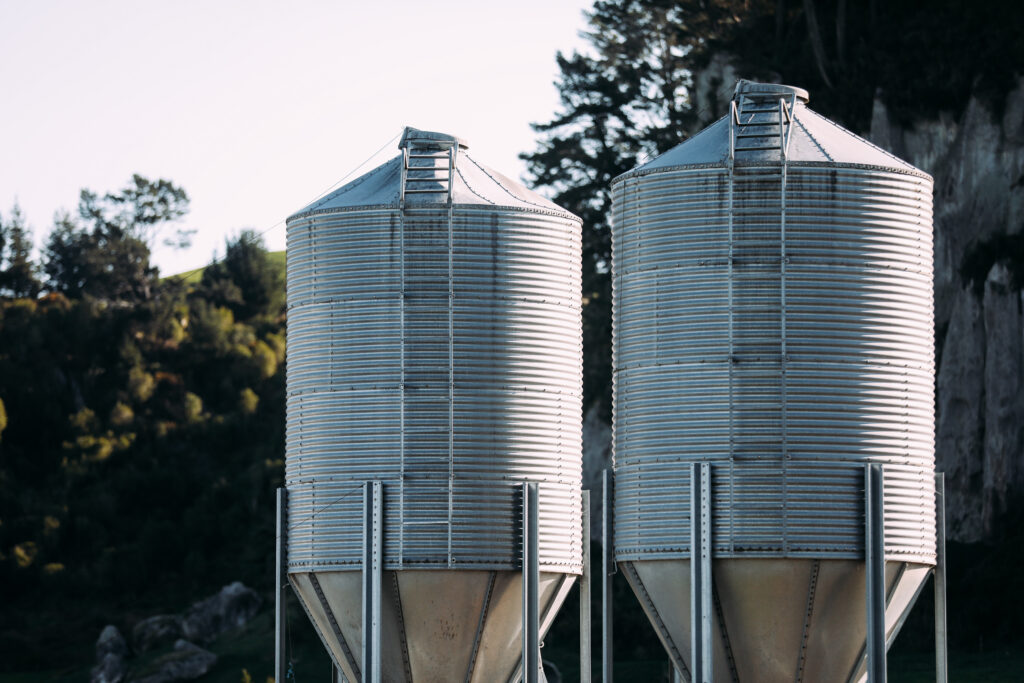Low sugar levels could impact end of season production and cow BCS at dry off
Data from GrainCorp Feeds indicates that a lack of sugar in cows’ diets could impact end of season milk production and cow body condition at dry off.
“Reports from pasture analysis, Diet Check software and our online milk monitoring tool, Tracker™, suggest many farms could be low on sugars, or at least have been during the last few months,” says GrainCorp Feeds Technical Feed Partner Glen McFarlane.
“This is reflected in milk protein levels, which are down by 4-8%, and in milk urea levels, which are up on average by 15% compared to last season, with some as high as 50%. This is not surprising given the unseasonably wet summer we’ve had this year, which has impacted pasture quality.
“Assuming dry matter intake levels are being met, low protein levels tell us that cows are not being provided with enough energy for the rumen bugs to break up the proteins in their forage. Including sugars in their diet such as Molasses and slower burning starches can help.
“As we move into more lush, watery grasses from Autumn weather, some effective fibre to slow rumen passage will also be crucial.”
Glen says many areas north of Palmerston North have significantly higher grass covers than normal as they head into Autumn.
“While grass quality hasn’t been great in these areas with low metabolizable energy (ME), sugars and poor digestibility, farmers have been able to feed far more kilos of dry matter from on-farm sources, which has reduced the need for brought in feed.
“The Lower North Island however has almost been too wet this summer. Fewer sunlight hours have impacted grass quality, which has resulted in low pasture utilisation.
“The South Island has been a mixed bag, ranging from drought like conditions in some areas to an abundance of grass all season in others. Most areas are now recovering and should see grass covers at normal levels by 1 June.”
Glen says on average cow body BCS has been higher all season due to most farms being able to feed reasonable levels of dry matter, even if it was of average quality.
“However, based on what our team has seen, mating performance appears to be worse than normal, suggesting some herds had energy deficiencies before and during mating and the financial impacts of poor mating performance can be significant’’.
Across most regions, Glen says milk production is comparable or slightly above last season.
“The farms making the biggest gains focussed on early season feeding to achieve their production target, while not compromising on energy intakes as grass ME levels fell off.
“Tracker shows this clearly. Farms getting cows up to peak quicker through better feeding have held production higher for longer and been able to take advantage of a reasonably good summer.”
Between now and the end of the season, Glen is encouraging dairy farmers to focus on cow weight gain by looking at their whole diet and making sure they have enough energy.
“Reviewing your milk test data can help you see what your cows are lacking and help you make the right decisions.
“With around 40-60 days left of lactation, putting on healthy weight gain for target BCS at dry off is key to start next season off well.”

What is Tracker™?
Tracker™ is an online milk monitoring tool which helps dairy farmers make proactive, fact-based feed and herd management decisions, to help maximise production and profitability.
Data is imported directly from your dairy company. Combined with real time farm input data, the Tracker™ programme provides an easy-to-use tool in which the user can also create customised alerts to warn if they are at risk of fat evaluation index (FEI) penalties, shortage of dry matter intake, milk quality issues and abnormal milk quality or composition.
Using Tracker™, GrainCorp Feeds works proactively with its clients to set production targets each season. The programme collates live data around dry matter availability, feed conversion and margins, and a customised feed plan is developed to deliver profitable production growth.
Tracker™ enables farmers to continually see progress towards reaching their targets and where they are heading in terms of milk volume, composition, quality and profitability.



